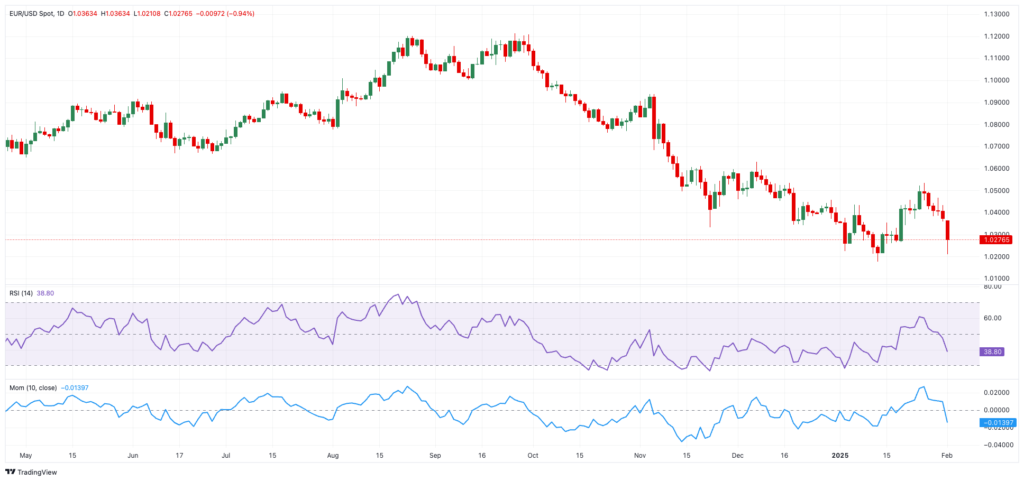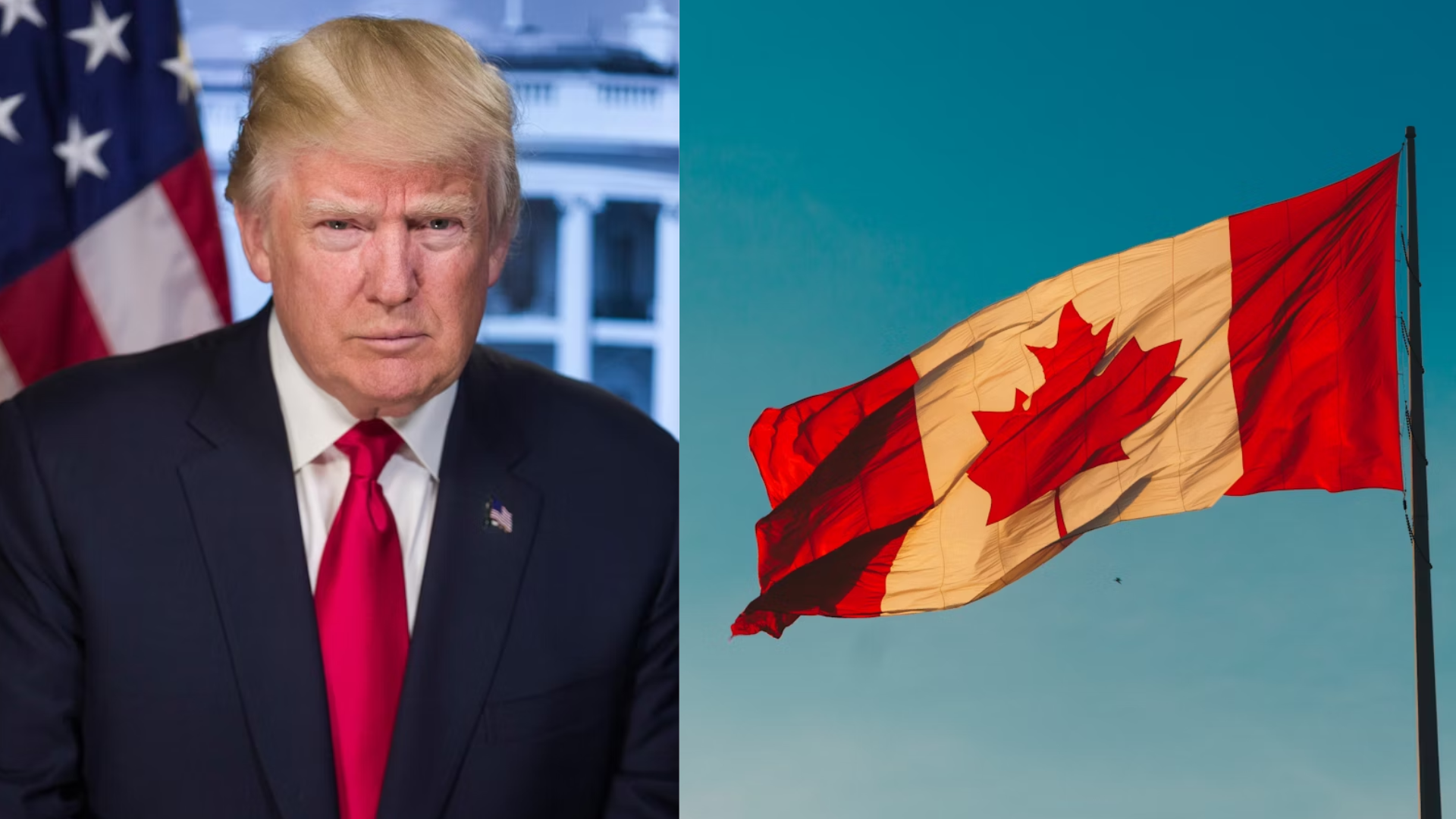The EUR/USD currency pair is once again approaching parity, driven by a combination of economic uncertainty and shifting monetary policy expectations. Recent market volatility, fueled by concerns over slowing growth in the eurozone and persistent strength in the U.S. dollar, has reignited discussions about the pair reaching the critical 1:1 level.
The euro’s decline is largely attributed to weak economic data from key European economies, coupled with the Federal Reserve’s hawkish stance, which continues to support the dollar’s dominance. Rising U.S. Treasury yields have further widened the interest rate differential, putting additional pressure on the euro.

Source – FXStreet
Analysts note that geopolitical tensions and energy market instability in Europe have also contributed to the euro’s weakness. These factors, combined with softer inflation data from the eurozone, have dampened expectations for aggressive policy tightening by the European Central Bank (ECB).
While parity is back on the table, the path forward remains uncertain. Market participants are closely monitoring upcoming economic indicators and central bank commentary, which could determine whether the EUR/USD breaks below the psychological threshold.
If U.S. economic resilience persists and eurozone growth continues to falter, the likelihood of reaching parity increases. However, any dovish pivot from the Fed or stronger-than-expected European data could provide temporary support for the euro.
For now, traders remain cautious, with the EUR/USD hovering near key technical levels that could trigger significant moves in either direction. The prospect of parity underscores the fragility of current market conditions and the outsized impact of macroeconomic shifts on currency dynamics.
















